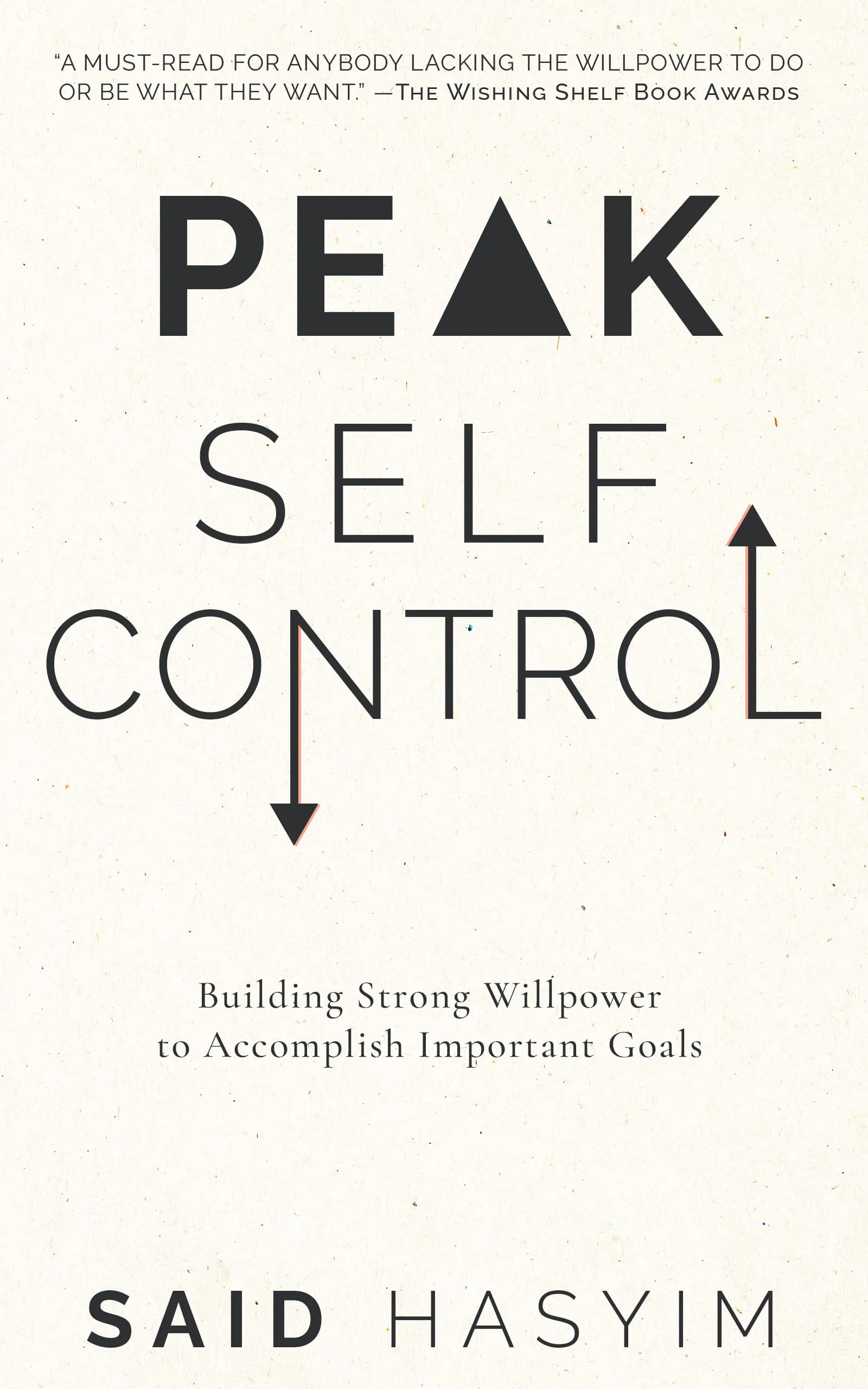The Connection Between Creativity and Self-Discipline
Creativity is often viewed as an abstract concept, filled with flashes of inspiration and bursts of artistic fervor. However, the underpinnings of creative success are often tied to a less glamorous trait: self-discipline. While creativity is perceived as spontaneous and free-spirited, self-discipline provides the structure and commitment necessary for creativity to blossom fully. In this blog post, we’ll explore the intricate relationship between creativity and self-discipline and how they can work together to elevate our personal and professional lives.
Understanding Creativity
To understand the connection between creativity and self-discipline, it’s first essential to unpack what creativity entails. At its core, creativity is the ability to generate novel ideas, solve problems in innovative ways, and produce original work. This can manifest in various forms, from art and music to scientific discoveries and entrepreneurial ventures.
While many people think of creativity as a natural gift bestowed upon a select few, studies suggest that creativity can be nurtured, developed, and expressed by anyone willing to pursue it. This brings us to the concept of self-discipline: the ability to control one’s feelings, emotions, and behaviors to achieve long-term goals.
The Role of Self-Discipline in Creativity
Self-discipline may initially seem counterintuitive to the creative process, which often thrives on freedom and exploration. However, it is precisely this sense of structure that can yield fruitful creative output. Here’s how self-discipline fuels creativity:
1. Consistency Breeds Opportunity
Creative ideas often emerge over time and through practice. Self-discipline allows individuals to commit to routines that foster creativity. By setting aside regular time for brainstorming, writing, painting, or other creative pursuits, we create an environment where ideas can develop. This consistency means that when inspiration hits, we are ready to harness it.
2. Overcoming Creative Blocks
Self-discipline arms us with the courage to face creative blocks and setbacks. Rather than waiting for inspiration to strike, disciplined individuals actively work through periods of stagnation. This tenacity can lead to breakthroughs that may never have occurred if one were to succumb to frustration or procrastination.
3. Structured Exploration
Creativity flourishes within boundaries. While it’s crucial to allow room for exploration, having a framework to operate within can direct efforts productively. Self-discipline helps set these boundaries, focusing creative energy on specific projects or goals rather than being scattered across many interests.
4. Accountability and Goal Setting
Setting specific, measurable goals enhances creativity. Self-discipline encourages the establishment of benchmarks and deadlines. By holding ourselves accountable, we ensure that creative projects move forward rather than languishing in the realm of ‘ideas.’ This sense of accountability reinforces our commitment to the creative process.
Finding the Balance Between Discipline and Freedom
While self-discipline is essential for nurturing creativity, finding the right balance is crucial. Too much structure can stifle creativity, while too little can lead to chaos. Here are some strategies for balancing discipline and freedom in your creative endeavors:
1. Create a Flexible Schedule
Establish a routine that allows for both discipline and spontaneity. Designate certain hours of your day or week for creative work, but give yourself permission to break from the routine when inspiration strikes unexpectedly.
2. Set Achievable Goals
Instead of overwhelming yourself with grand aspirations, break goals down into smaller, manageable tasks. Completing these tasks can provide satisfaction and motivation, reinforcing your self-discipline while also fostering creativity.
3. Incorporate Play
Play is a fundamental component of the creative process. Seek out activities that inspire fun and exploration without the pressure of performance. Whether it’s doodling, playing a musical instrument, or writing for enjoyment, these activities can spark new ideas and reignite inspiration.
4. Embrace Failure
Discipline doesn’t mean perfection. View failures as opportunities for growth rather than setbacks. Allowing yourself the freedom to experiment (and fail) creates a fertile ground for creativity to thrive.
Conclusion
The connection between creativity and self-discipline is a powerful one, and understanding this relationship can transform the way we approach our creative pursuits. Self-discipline gives creativity the structure it needs to flourish, while creativity provides the joy and fulfillment that makes disciplined efforts worthwhile. By recognizing this synergy and applying it to our lives, we can unlock our full creative potential and produce work that resonates profoundly with ourselves and others.
In your journey as a creative individual, remember that both principles are allies rather than opposites. Embrace the dance between creativity and self-discipline, and watch as your unique contributions to the world unfold. Creativity is not merely a gift; it’s a skill that can be honed, and self-discipline is the tool that makes it possible. So take that first step—create, commit, and watch the magic happen!
Start Mastering Self-Discipline Today
Discover Peak Self-Control, a practical book to mastering self-discipline. Break free from distractions, build healthier habits, and improve your relationships. Gain effective strategies to enhance your willpower and make meaningful life changes, even amidst a busy schedule. Small adjustments can lead to significant improvements in your daily routine.
